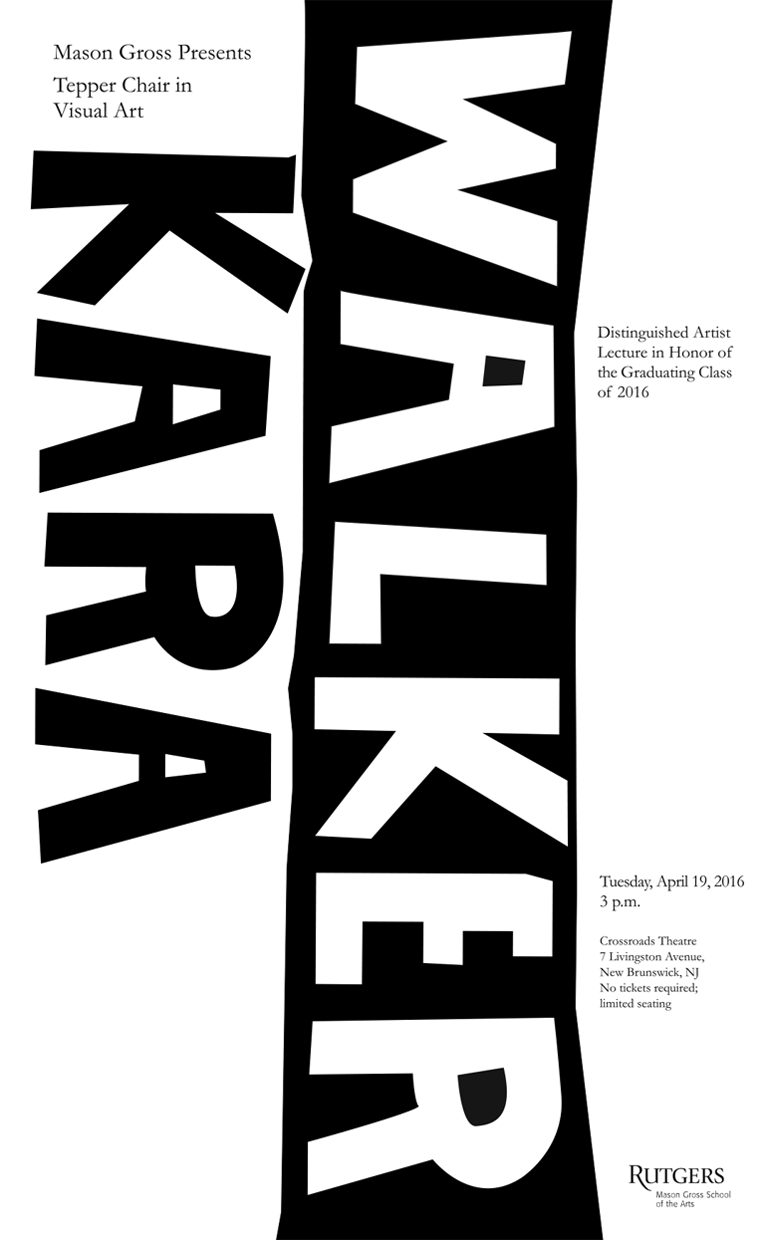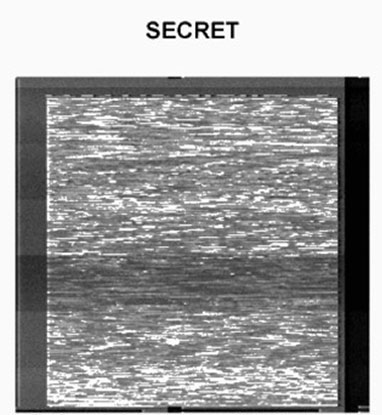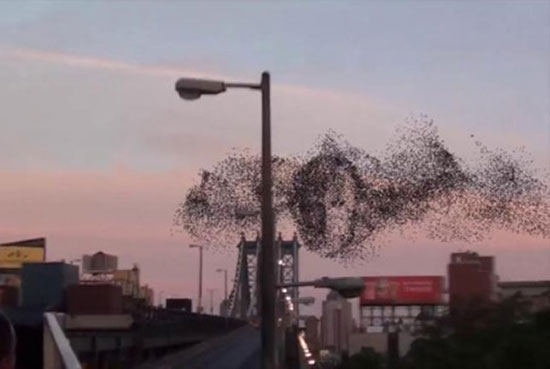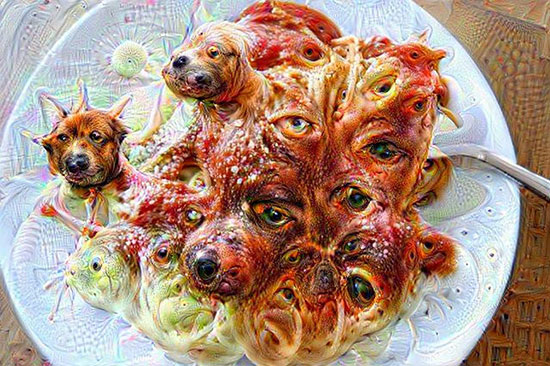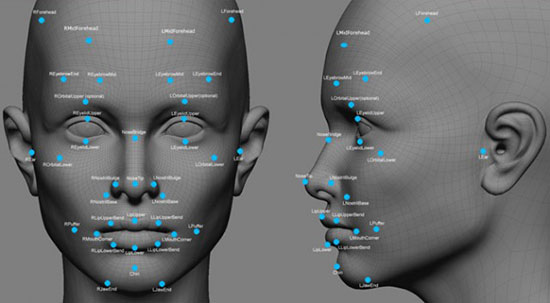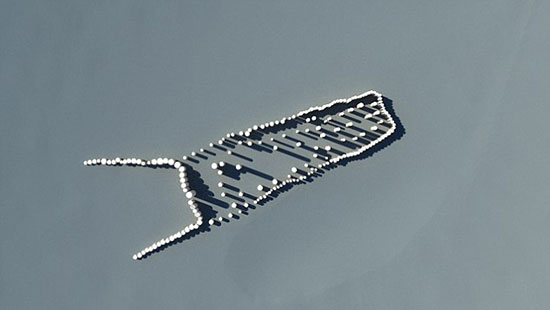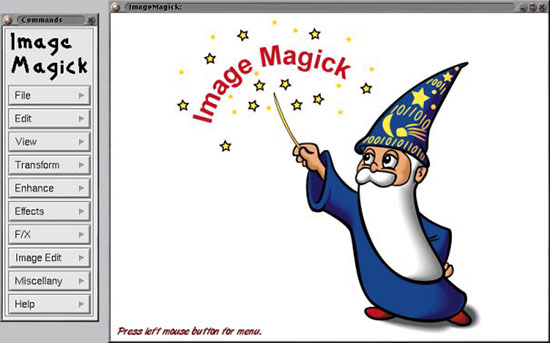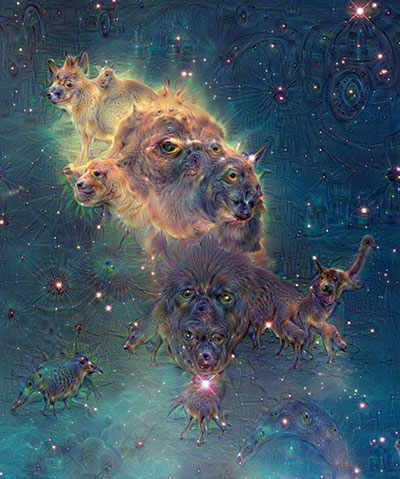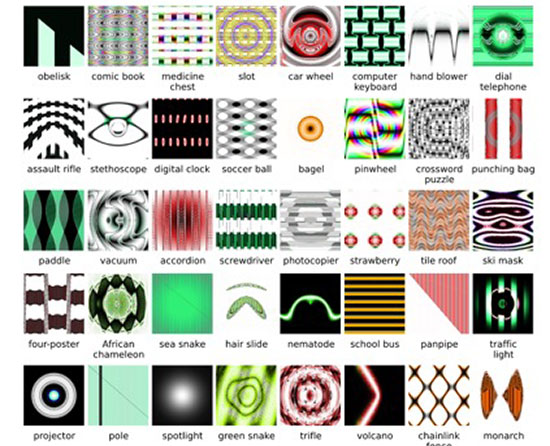But what are we going to make of automated apophenia?30 Are we to assume that machinic perception has entered its own phase of magical thinking? Is this what commodity enchantment means nowadays: hallucinating products? It might be more accurate to assume that humanity has entered yet another new phase of magical thinking. The vocabulary deployed for separating signal and noise is surprisingly pastoral: data “farming” and “harvesting,” “mining” and “extraction” are embraced as if we lived through another massive neolithic revolution31 with it’s own kind of magic formulas.
All sorts of agricultural and mining technologies—that were developed during the neolithic—are reinvented to apply to data. The stones and ores of the past are replaced by silicone and rare earth minerals, while a Minecraft paradigm of extraction describes the processing of minerals into elements of information architecture.32
Pattern recognition was an important asset of neolithic technologies too. It marked the transition between magic and more empirical modes of thinking. The development of the calendar by observing patterns in time enabled more efficient irrigation and agricultural scheduling. Storage of cereals created the idea of property. This period also kick-started institutionalized religion and bureaucracy, as well as managerial techniques including laws and registers. All these innovations also impacted society: hunter and gatherer bands were replaced by farmer kings and slaveholders. The neolithic revolution was not only technological but also had major social consequences.
Today, expressions of life as reflected in data trails become a farmable, harvestable, minable resource managed by informational biopolitics.33
And if you doubt that this is another age of magical thinking, just look at the NSA training manual for unscrambling hacked drone intercepts. As you can see, you need to bewitch the files with a magic wand. (Image Magick is a free image converter):
The supposedly new forms of governance emerging from these technologies look partly archaic and partly superstitious. What kind of corporate/state entities are based on data storage, image unscrambling, high-frequency trading, and Daesh Forex gaming? What are the contemporary equivalents of farmer kings and slaveholders, and how are existing social hierarchies radicalized through examples as vastly different as tech-related gentrification and jihadi online forum gamification? How does the world of pattern recognition and big-data divination relate to the contemporary jumble of oligocracies, troll farms, mercenary hackers, and data robber barons supporting and enabling bot governance, Khelifah clickbait and polymorphous proxy warfare? Is the state in the age of Deep Mind, Deep Learning, and Deep Dreaming a Deep State™? One in which there is no appeal nor due process against algorithmic decrees and divination?
But there is another difference between the original and the current type of “neolithic,” and it harks back to pattern recognition. In ancient astronomy, star constellations were imagined by projecting animal shapes into the skies. After cosmic rhythms and trajectories had been recorded on clay tablets, patterns of movement started to emerge. As additional points of orientation, some star groups were likened to animals and heavenly beings. However, progress in astronomy and mathematics happened not because people kept believing there were animals or gods in space, but on the contrary, because they accepted that constellations were expressions of a physical logic. The patterns were projections, not reality. While today statisticians and other experts routinely acknowledge that their findings are mostly probabilistic projections, policymakers of all sorts conveniently ignore this message. In practice you become coextensive with the data-constellation you project. Social scores of all different kinds—credit scores, academic scores, threat scores—as well as commercial and military pattern-of-life observations impact the real lives of real people, both reformatting and radicalizing social hierarchies by ranking, filtering, and classifying.
